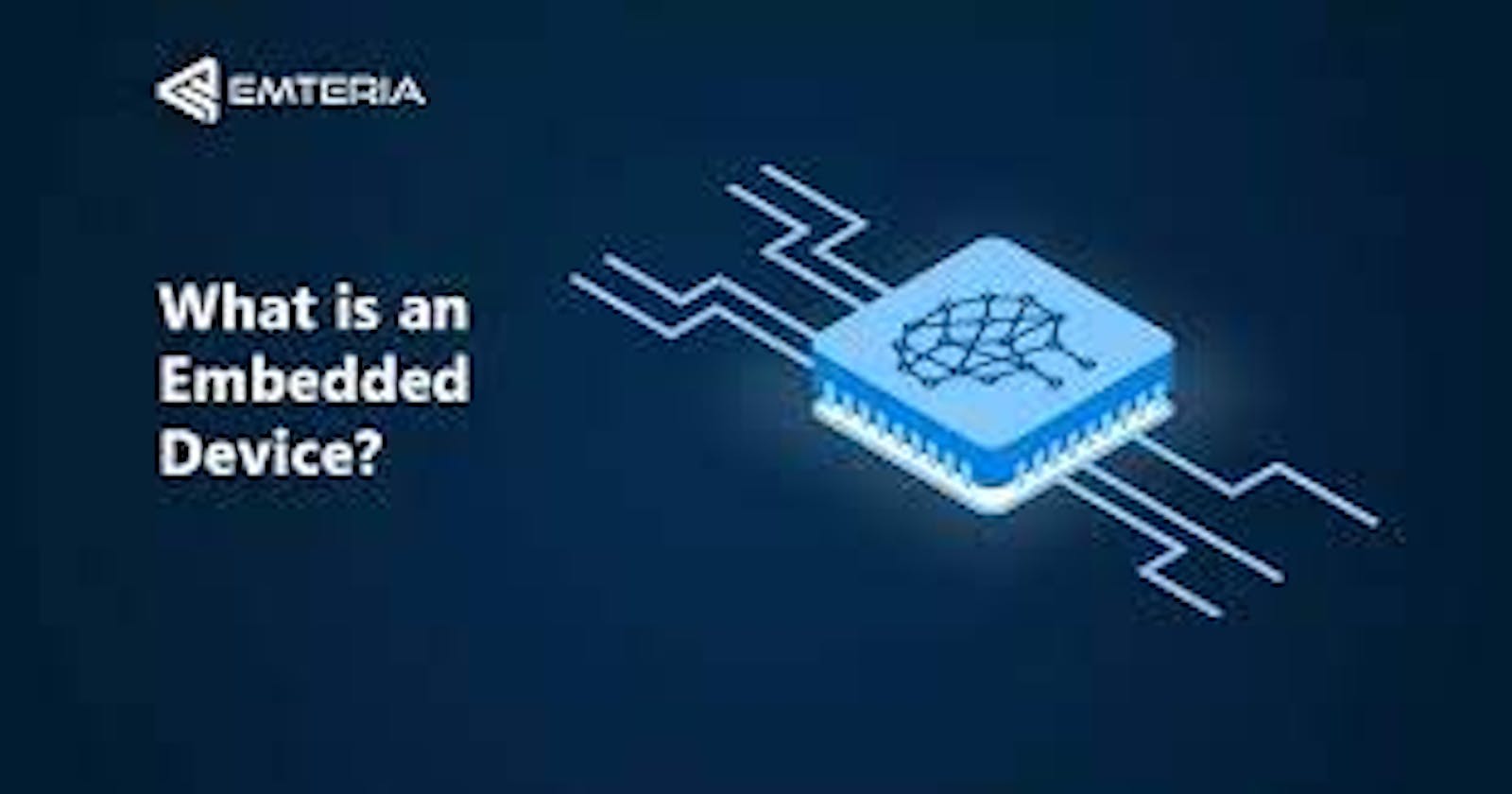In today's interconnected world, embedded technology plays a crucial role in powering a wide range of devices and systems. From smartphones and wearables to industrial machinery and automotive systems, embedded technology enables efficient and intelligent operation. Also, Artificial Intelligence depends on this which is now ruling the tech world.
What is Embedded Technology?
Embedded Technology refers to the integration of computer hardware and software into various devices, enabling them to perform specific functions or tasks. It involves designing and implementing embedded systems with dedicated functions, often with limited resources such as power, memory, and processing capabilities. Embedded technology can be found in everyday objects, including consumer electronics, medical devices, smart appliances, and much more.
Its Applications:
Embedded technology is making an impact by revolutionizing the way we interact with our surroundings. Some of the areas are :
Internet of Things(IoT): The IoT relies heavily on embedded technology to connect devices, collect data, and enable communication between them. It facilitates smart home automation, industrial monitoring, environmental sensing, and other IoT applications.
Automotive Systems: Modern vehicles heavily depend on embedded technology for various functionalities, such as engine control, anti-lock braking systems, infotainment systems, and advanced driver assistance systems (ADAS). Embedded technology enhances vehicle performance, safety, and user experience.
Healthcare and Medical Devices: Embedded system make a vital role in pacemakers, insulin pumps, and diagnostic equipment. These devices rely on embedded technology to monitor vital signs, deliver precise treatments, and ensure patient safety.
Industrial Automation: Industrial automation, enabling process control, monitoring, and optimization depends on embedded technology. Embedded systems are utilized in programmable logic controllers (PLCs), robotics, and manufacturing systems to improve efficiency and productivity.
Trends and Innovations:
The field of embedded technology is constantly evolving, driven by ongoing advancements in hardware, software, and connectivity.
a. Edge Computing: With the proliferation of IoT devices, edge computing has gained prominence. It involves performing computation and data processing at the edge of the network, closer to the data source. Embedded systems are crucial for edge computing, allowing faster response times, reduced bandwidth usage, and improved data privacy.
b. Artificial Intelligence (AI) Integration: Embedding AI capabilities into devices and systems are becoming more prevalent. Embedded AI enables real-time decision-making, predictive analytics, and enhanced user experiences. Examples include voice assistants, image recognition systems, and autonomous vehicles.
c. Low-Power Design: Energy efficiency is a paramount concern for embedded systems, particularly in battery-powered devices and IoT applications. Low-power design techniques, such as optimized hardware architectures and power management algorithms, are being extensively researched and implemented.
d. Security and Safety: As embedded technology becomes more pervasive, ensuring the security and safety of embedded systems is of utmost importance. Manufacturers and developers are focusing on secure boot mechanisms, encryption, firmware updates, and robust authentication protocols to safeguard embedded devices from cyber threats.
Future Possibilities:
The future of embedded technology is boundless, with exciting possibilities on the horizon. There are many ways:
Advancements in Artificial Intelligence: Machine learning is taking hype in today's world and it will grow rapidly in the future.
Seamless Connectivity: The integration of embedded technology with emerging connectivity standards, such as 5G, will enable seamless and ultra-fast communication between devices. This will fuel the growth of smart cities, autonomous vehicles, an
Ubiquitous Computing: The vision where computing power is seamlessly integrated into our environment, will become a reality. Everyday objects will be embedded with computing capabilities, creating immersive and interconnected ecosystems.
Conclusion:
Embedded technology is at the heart of numerous innovations that shape our modern world. Its impact can be felt across industries, transforming the way we live, work, and interact with technology. As we continue to push the boundaries of technological advancements, embedded technology will play an increasingly pivotal role, opening up new avenues and possibilities for a smarter and more connected future. It's the foremost key element in everything invented in today's tech world.
